It’s no secret that anime is massively popular around the globe. Gone are the years where only geeks watch anime, as now almost everyone watches anime or knows what anime is.
While, there are many countries where anime is popular I’ll be narrowing down the list to 10 countries based on the power of analysis, growth in demand for anime, and which countries are trending for anime on Google for the past 12 months.
| Rank | Top X countries where Anime is most popular | Country’s population as of January 2022 | % of people watching anime | Number of people watching anime |
| 10 | Taiwan | 23,269,616 | 32.50% | 11,634,808 |
| 9 | Canada | 36,874,296 | 34.67% | 18,437,148 |
| 8 | Malaysia | 33,477,720 | 42.70% | 16,738,860 |
| 7 | Mexico | 131,860,138 | 45.58% | 65,930,069 |
| 6 | South Korea | 49,403,216 | 50.70% | 24,701,608 |
| 5 | Brazil | 215,756,327 | 55.78% | 107,878,164 |
| 4 | France | 67,929,576 | 62.50% | 33,964,788 |
| 3 | Phillipines | 112,390,104 | 70.58% | 56,195,052 |
| 2 | US | 335,124,941 | 71.86% | 167,562,471 |
| 1 | Japan | 126,362,853 | 75.87% | 63,181,427 |
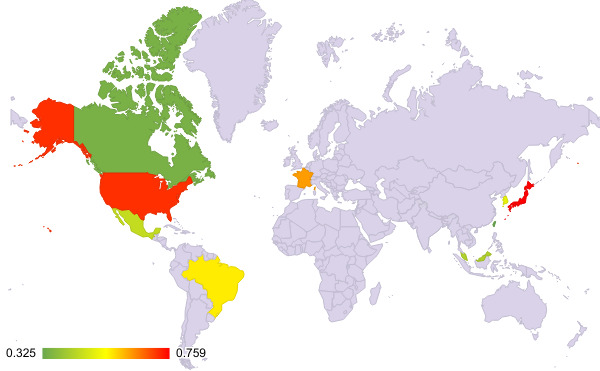
Looking at the statistical data, I’m sure you’ll be wondering why I didn’t put China on the list when they have the largest population and a lot of anime fans. The answer is simple the Chinese government puts up strict regulations on anime which made popular series like Attack on Titan, Death Note, My Hero Academia, etc inaccessible. Also, to promote more of donghua (Chinese animation) the Japanese anime market faces lots of censorship from the Chinese government.
The government’s take on anime censorship didn’t stop the anime fans in China. The growth for anime kept on increasing as evident in the growth in demand for anime chart. Demon Slayer was China’s top anime in 2019 breaking through donghua saturated market.
The list provided is based on anime viewers who watch anime on legal services and not on pirated sites which is one of the reasons why massive anime fandoms country like Indonesia and India aren’t on the list.
The quantitative data I’ve compiled to generate the statistics on each country only uses secondary data. I chose to create my top 10 countries list based on publicly available quantitative information from Statistica.com, ParrotAnalytics.com, live data of the world population per country, and multi methodology.
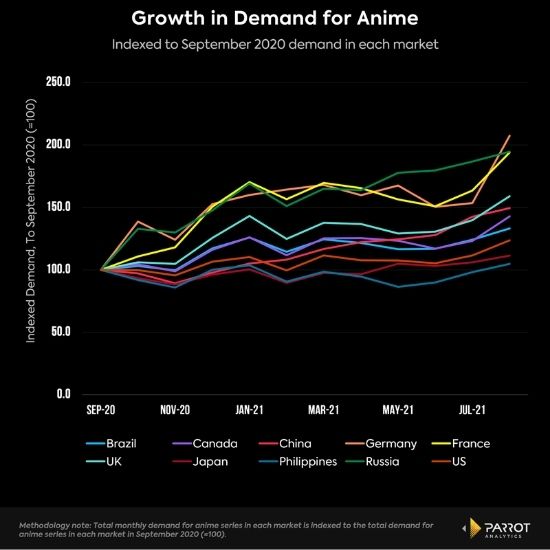
The growth in demand for anime in those top 10 countries shows how the anime market is progressing. The bottom three are the US, Philippines, and Japan but that does not mean it is not growing, it simply means anime which is already massively popular in these countries has almost reached its peak point. While, countries like Germany and Russia are gaining more favorability for anime over time.
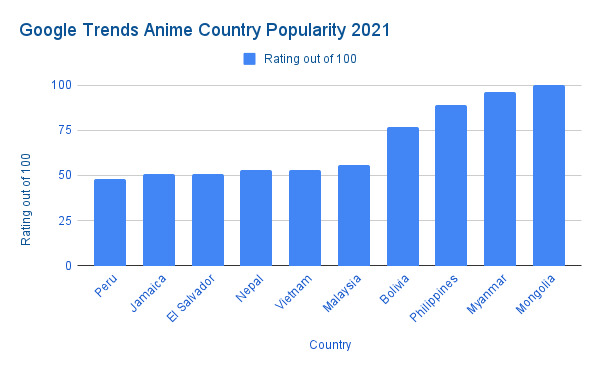
The Google Trends report doesn’t take into consideration every country and also is not the most suitable way of guessing the top 10 countries where anime is popular. It is a short-live trend that does not consider many other aspects of anime, especially the revenue it generates from those particular regions.
10Taiwan
Why it’s on this list: Cosplay has been vital in spreading the anime trend. Taiwan National University has hosted various cosplay events over the years, where thousands of people dress up as anime characters. While, popular anime franchises have collaborated with clothing brands to make quality anime merchandise in Taiwan.
Big brands like Nike, Gucci, Adidas, Uniqlo, and Sketchers have collaborated with anime like Dragon Ball to make character-themed T-shirts and shoes. Uniqlo is such a famous brand in Taiwan, so it’s hard to avoid the anime merchandise they sell.
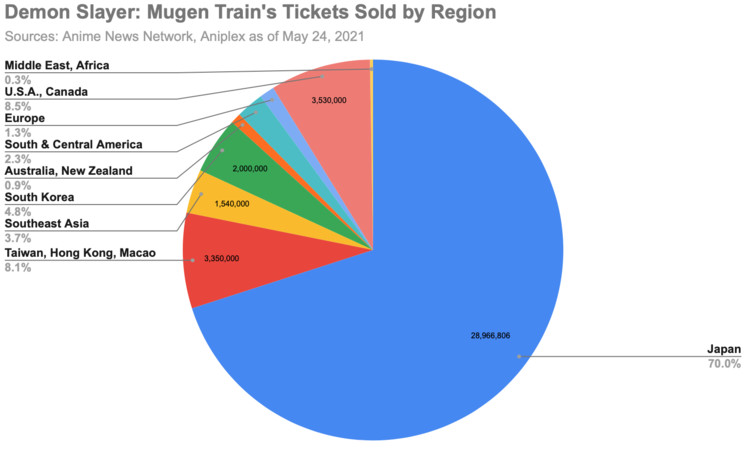
Taiwanese audiences have lapped up the Japanese anime film “Demon Slayer the Movie: Mugen Train” in unprecedented numbers. The film earned NT$360 million ($12.6 million) in 17 days. That makes it the biggest film of the year in Taiwan and the best-selling animated feature of all time.
Another boom in Taiwan is Attack on Titan. It had 16.52x the average demand from February to April 2021, making it the most in-demand show in the country for that period.
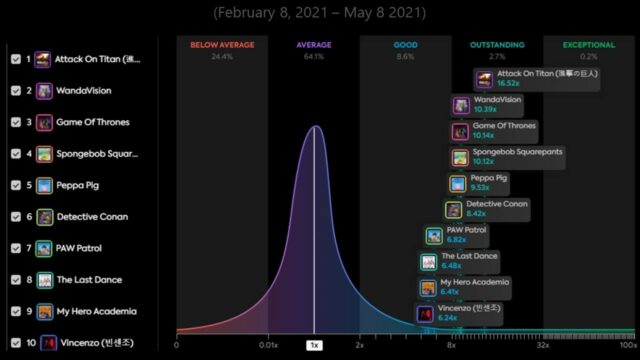
The popularity of anime can be seen with DOCOMO and Far EasTone Telecommunications Co., Ltd. (FET), one of Taiwan’s largest mobile operators collaborating with streaming Japanese multi-angle video content via FET’s friDay Video service in Taiwan.
Also, not to forget the Muse Communication Co., Ltd’s headquarters is in New Taipei, Taiwan which serves anime to Southeast Asia, South Asia, Mainland China, Taiwan, Hong Kong, and Macau.
9Canada
Why it’s on this list: Japanese anime goes way long back to 1961 when The Tale of the White Serpent film got released in Canada. Since, then anime have leisurely made waves in the region. Anime popularity can be seen in Canada with more than 10 anime conventions taking place in the region. Anime North is the largest anime convention with 34,590 attendees in 2018.
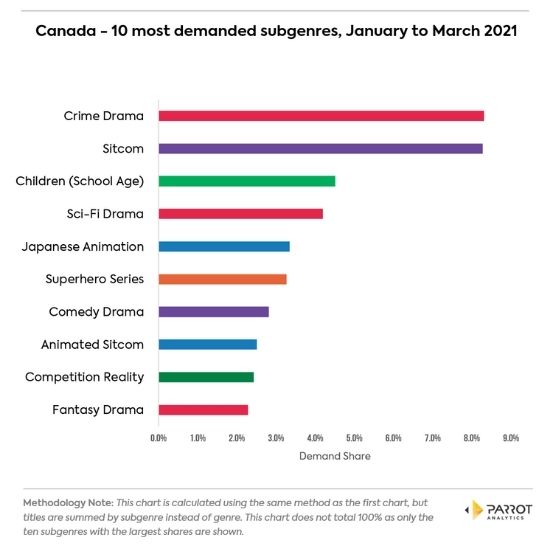
According to the chart from parrotanalytics, Japanese anime comes in fifth place in Canada for the subgenres demand in 2021.
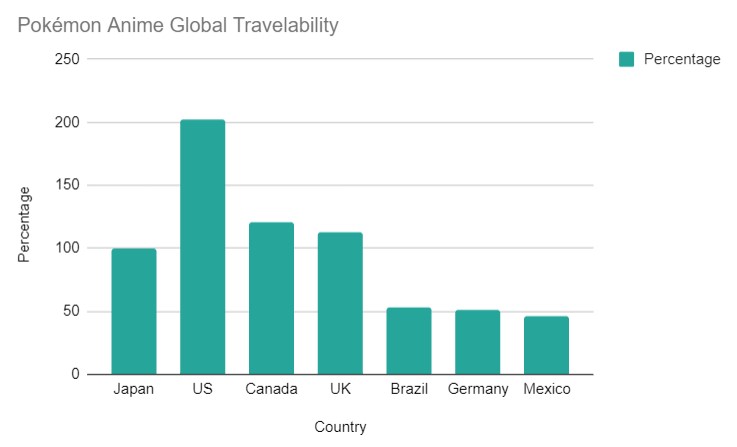
Travelability for Pokémon to Canada in the last 30 days is 121%, which means that the demand for Pokémon is 121% of the demand in its home market, Japan. Making it the second country where Pokemon is most popular next to the US.
The Canadian government and its people went beyond boundaries to create a tourism ad campaign with the creators of Your Name, renowned director Makoto Shinkai and the studio CoMix Wave in 2017.
Since then anime popularity is emerging actively with anime conventions happening in Toronto, Vancouver, Quebec City, Calgary, Montreal, Edmonton, and Kelowna. While, not forgetting Toronto has had the largest anime store called AnimeXtreme in Canada since 2002.
8Malaysia
Why it’s on this list: In Malaysia, anime has a big following along with its manga counterpart, inspiring the work of local comic artists and film productions. Anime merchandise and specialty shops have sprouted around Kuala Lumpur and Petaling Jaya which attracts many customers. Comic Fiesta in Malaysia rakes in average attendances of up to 60,000 people per year.
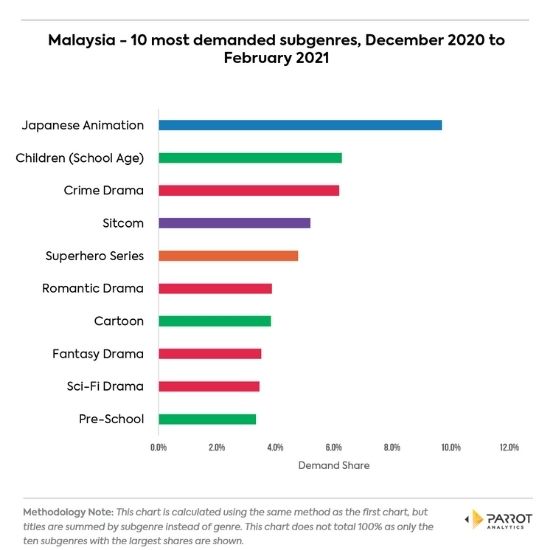
Looking at subgenre trends from the chart above, the demand for animation shows is heavily driven by the anime subgenre. Anime is the single most demanded subgenre between December 2020 and February 2021.
Anime MMusic Station is one of the best online radio stations in Malaysia and the only anime song radio online in the region.
OLM Asia is an established branch of Japanese animation house in Malaysia which is well known for working on hit anime television series such as “Pokémon the Series: Sun & Moon” and “Beyblade Burst Turbo.”
| Favorite | Most Well Known |
| One Piece | Doraemon |
| Case Closed | Naruto |
| Naruto | One Piece |
| Doraemon | Ultraman |
| Dragon Ball | Dragon Ball |
The Japanese anime has often made small references to Malaysia in some of the series like in Hyouka where postcards of Malaysia appear in Chitanda’s house. This reference gives a positive impact on Malaysian viewers thereby contributing to more anime fandoms.
7Mexico
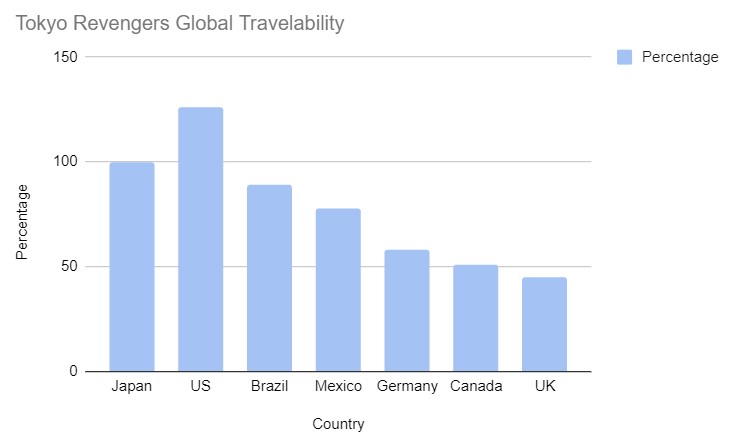
Why it’s on this list: Anime boomed in Mexico during the Golden Age – an era that began in 1985 when the first installment of the Dragon Ball franchise made its way to the country. This laid the foundation for the popularity of anime in the region.
The fact that Spanish-dubbed animes have made their way to Mexico has also contributed to a strong Mexican fandom.

Tijuana, a city in Mexico has become an unlikely hub for Japanese anime fans. It has three different anime cafés and multiple anime conventions throughout the year.
La Mole (started 1996) is Mexico’s largest and longest-running comic convention which welcomes thousands of cosplayers, gamers, independent illustrators, and celebrity panelists for three days of nerdy community building and enthusiastic peacocking. La Mole 2022 and Sabaku Con 2022 are going to be some of the most anticipated events for anime fans in Mexico.
6South Korea
Why it’s on this list: Anime is massively popular in South Korea even though Japan and South Korea didn’t get along in the past. The anime film, “Your Name” became the highest-grossing non-English film in Korea.
A wide collection of anime series on Netflix Korea makes anime accessible to anyone. The big names in anime (One Piece, Naruto, Pokemon, Attack on Titan, One Punch Man) are some of the most-watched series in the region.
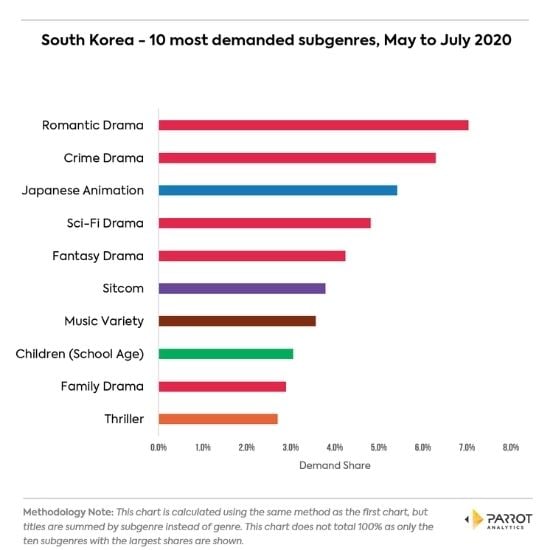
News of K-pop idols watching anime has also influenced the general public to be more interested in anime. The most renowned K-pop band BTS loves to watch anime, especially Jungkook and V. The majority of Korea’s animation supply is Japanese anime.
The majority of Korea’s animation supply is Japanese anime. On Tooniverse, which is the most popular channel for cartoons in South Korea, Crayon Shin-Chan and Detective Conan are both at the top.
5Brazil
Why it’s on this list: Japan and Japanese culture has some of the longest histories with Brazil dating back to 1543. With anime making into the scene by the 60s, many people had their first contact with anime on Brazilian open TV, and now more than 15 million anime viewers in the region.
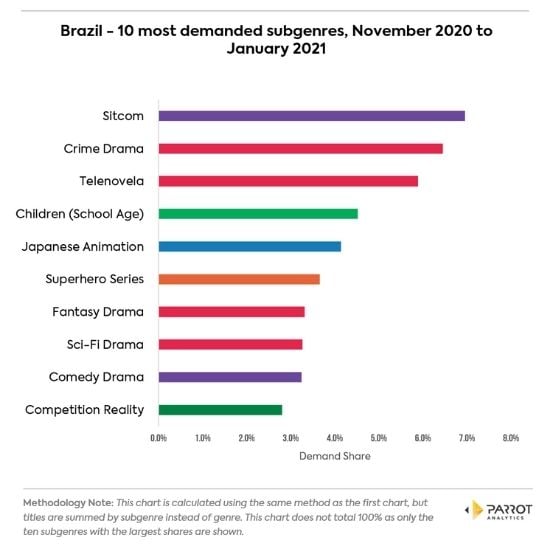
A big part of the anime content on YouTube is Brazil-made. The Brazilian channels on YouTube have more than 10+ million views in AMVs alone.
The best thing about Brazil anime fans is how they educate their President Jair Bolsonaro to acknowledge the world of anime using a plethora of visual aids.
This happened when he congratulated the Japanese Emperor Naruhito’s ascension to the Chrysanthemum Throne.
Crunchyroll and Netflix are the leading services with dedicated viewers in the region. Crunchyroll Brasil YouTube channel has a massive 1.3 million subscribers.
4France
Why it’s on this list: France has anime roots in the back the to late 70s to early 90s where the French TV aired a ton of anime. Thanks to this exposure the French people easily adapted to the format of reading manga and became the second-largest manga reader in the world.
Japan Expo Paris is the biggest anime convention outside of Asia (more attendees than the biggest US anime convention).
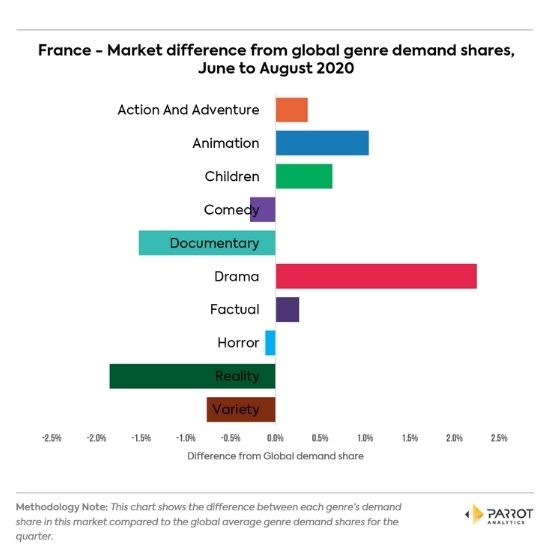
When simulcast emerged, for a long time the US and other countries only had a single legal platform for it (Crunchyroll) whereas France had three (Crunchyroll, Wakanim, and ADN).
In France, Japanese is the most translated language (in writing), after English which just shows the influence of anime culture has brought about an acceptance of the Japanese culture by the crowd.
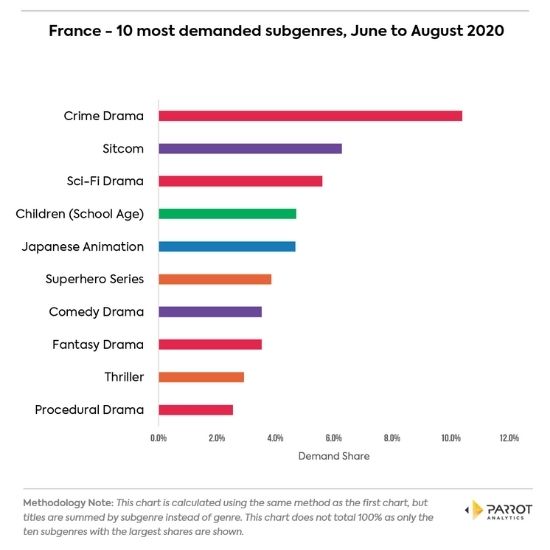
Many anime have French culture influences like that of Lupin III, Joker from Persona 5, and Gentle in My Hero Academia. Anime had once dropped in the French market but now its demand is growing rapidly among the younger generations.
3Philippines
Why it’s on this list: Anime was first brought into the Philippines in the late 1970s, during the time of the late President Ferdinand Marcos. This only proves that anime has long been the Filipino’s source of entertainment.
Anime has dominated Philippine TV for more than five decades bringing it closer to the Japanese culture. Anime-inspired cafés can be seen in different parts of the cities, more especially around Metro Manila. There is a market in Manila called Ichiba Japanese Market which recreated what it feels like to be at the likes of Tokyo’s Tsukiji Market.
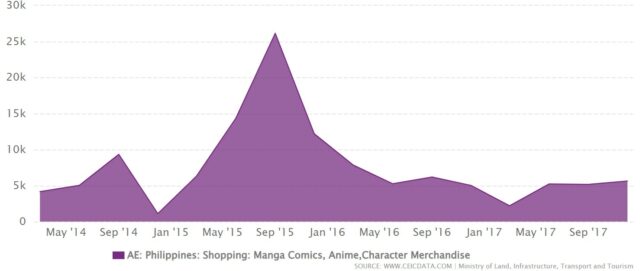

Otaku conventions play a big part in the massive popularity of anime in the Philippines. Some even embrace the anime culture and make a career out of it and influence the Filipino population like Alodia Gosiengfiao.
More than half of the population in the Philippines watches anime. Also, an interesting fact is Dragon Ball, Sailor Moon, Slam Dunk, and One Piece were animated in the Philippines through Toei Animation Philippines.
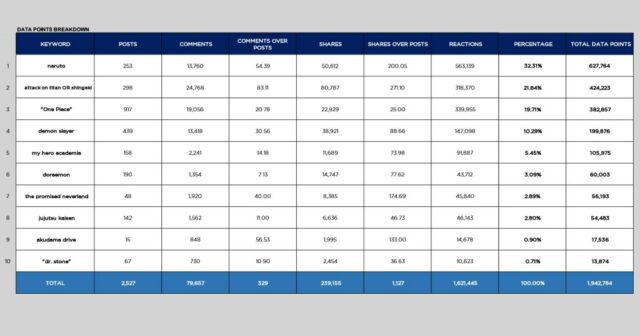
Naruto is the most popular anime in the Philippines, according to the sentiment analysis of Facebook posts by BluePrint.PH for February 2021. The Philippines is a pure example of anime rich culture outside Japan in Asia.
2US
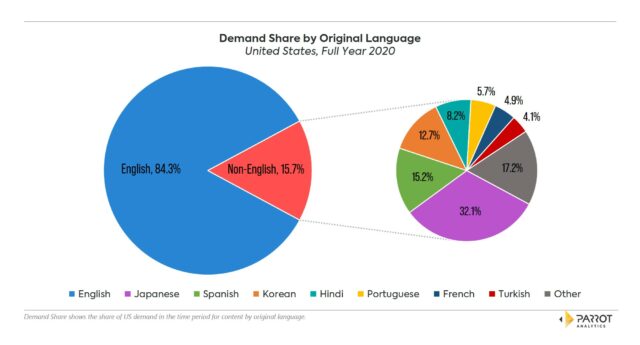

Why it’s on this list: the US is the world’s most enthusiastic international market for anime. It has 10 of the largest anime conventions in the world, with Anime Expo, LA (started in 1991) having a yearly attendance of more than 107,600 people.
The Japanese shows draw the most demand among foreign content in the US in the first quarter of 2021 with 30.5%. The demand for anime keeps growing with popular shows like Attack on Titan, My Hero Academia, Jujutsu Kaisen, etc.
In May 2020, Naruto, Pokemon, Attack on Titan, Jojo’s Bizzare Adventure, and One Punch Man top the Netflix charts in the US.
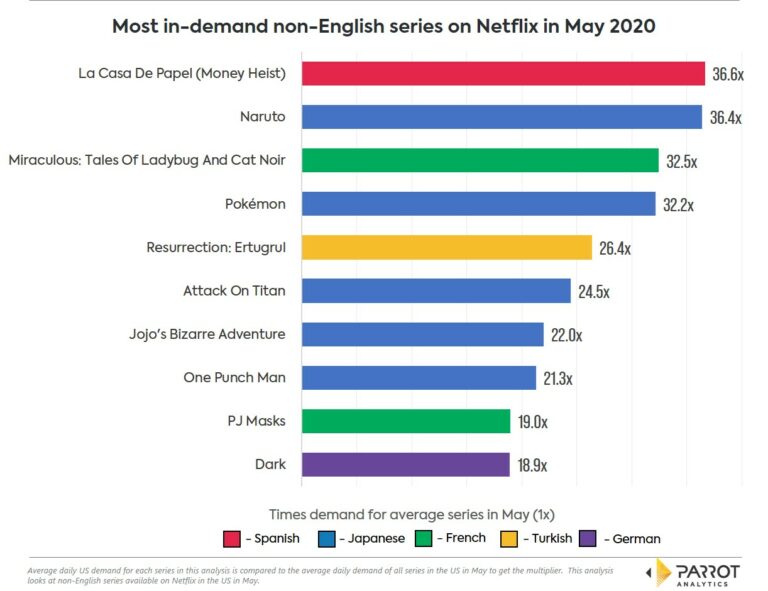
The Demon Slayer Mugen Train movie made box office history for anime in the US with whopping $44.9 million sales which surpassed Pokémon 2000’s $43.7 million the most popular anime in the region.
In 2021, Toei Animation Co., Ltd made 10.63 billion JPY net sales in the US alone which just goes on to show how massively popular and demanding the anime market is in the US.
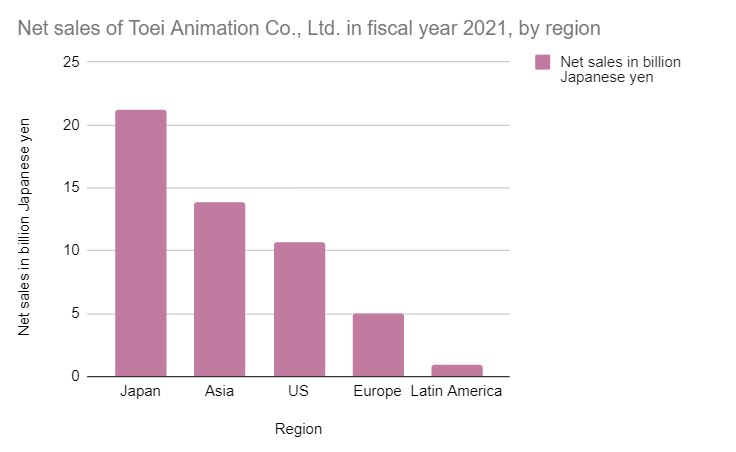
Also to sum it up the majority of the anime subscriptions services are headquartered in the US.
| American Anime-Licensing Companies | Location of Headquarters |
| FUNimation | Flower Mount, Texas |
| Crunchyroll | San Francisco, California |
| Netflix | Los Gatos, California |
| HULU | Santa Monica, California |
| HIDIVE | Houston, Texas |
| VRV | San Francisco, California New York City, New York |
It’s all thanks to these streaming services that we get English subtitles and watch our favorite anime series. If it weren’t for the US the popularity of anime spreading around the world won’t be as high as it is now.
Emerging Demand for Anime
Before I go on to number one, I would like to name a few emerging markets where anime is gaining an increasing demand:
India
Anime is massively popular in India with the only drawback being that many of the anime fans watch anime on pirated sites. While this has changed with the Indian government banning many pirated sites.

The introduction of anime on Netflix and YouTube has made anime more accessible to the vast audience besides the TV channels broadcasting Doraemon, Shinchan, Pokemon, etc. Weathering with You earn over INR 12.5 million from theatres making history for a foreign language film in India.
Germany
Germany’s demand for anime series has more than doubled since September 2020 and is still growing rapidly. The largest anime convention in Germany, DoKomi – Anime & Japan Expo is bringing in more than 55,000 visitors creating new waves for anime popularity in the region.
Russia
Japanese anime was very popular in Russia even before the Soviet Union fell. With the advent of social media, it became easily accessible for many thousands of Russian fans. Yet, now voices are heard arguing that anime has no place in Russia – mainly because it offends traditional values. The Russian government makes it harder for anime by entirely banning the isekai genre apart from other popular series like Attack on Titan.

Though the anime scene in Russia seems rough, the demand for anime is growing rapidly especially among the younger generations.
Thailand
Japanese culture does have a special place in heart of many people in Thailand since the early 80s and anime is one of them. Japan Expo Thailand is the biggest Japan event in Asia which is held in Bangkok every year.
The “Demon Slayer” movie topped the list of 2020’s top-grossing foreign movies in Thailand with revenue of 115 million baht (about ¥400 million) even though it was shown for just two months of the year.
With anime fandom ever-growing in Thailand, the popular anime website, SMART has brought a praiseworthy revolution in the anime market in Thailand. The website offers its users to watch their favorite Japanese animations with Thai subtitles and dubbing. The influence of anime brought about more than 150 different institutions to offer Japanese language courses in Thailand.
United Kingdom
U.K. has a massive number of anime followers, especially when they have their own “Anime UK News” to spread the word of new shows.
Australia
“Anime Lab” targets its main audience in Australia, New Zealand, and other Oceania countries. It is one of the main reasons why many Australians grow to love anime as well.
Middle East
Surprisingly, anime has deep roots in the Arab world. With the Japanese animation, dubbed into Arabic since the early 90s, practically everyone who’s grown up in the Middle East has grown up with anime. A 2019 YouGov poll conducted across the MENA region showed Saudi Arabia had the largest anime audience in the region.
1Japan
Why it’s on this list: Japan is the homeland and birthplace of anime. If not for Japan, the global anime industry wouldn’t even be born.
The first successful television anime shows were broadcast for children in the 1960s in Japan. Throughout the decades, anime storylines became more complex and increasingly garnered popularity with adult audiences as well. Today, there exists a wide variety of genres, which makes the medium appealing for both mainstream and niche audiences.
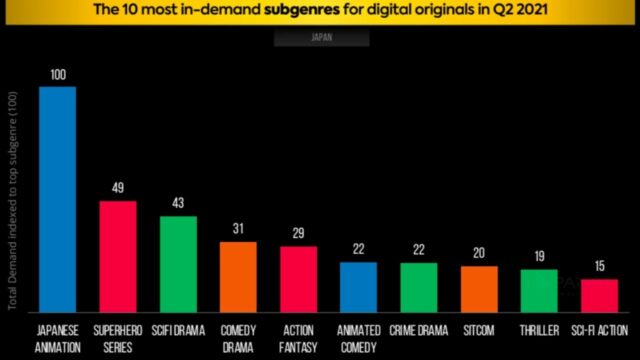
Anime is by far the most in-demand digital original subgenre in Japan. With more than twice the demand of the next most in-demand subgenre, superhero series.
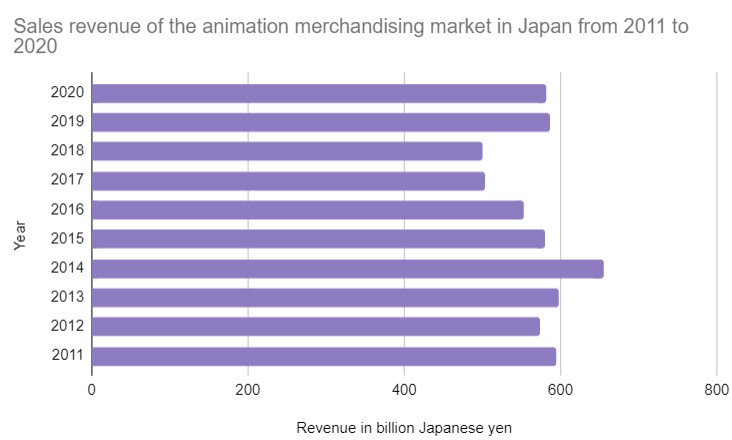
Anime is part of the Japanese culture; it’s a part of their daily lives. Anime is everywhere in Japan from stationery items to food item wrappers to even trains and airplanes.
Japan has many hard-core otakus who watch anime daily, attend anime conventions and cosplay events. Not to forget “Akihabara, Ikebukuro, Nakano are anime-inspired towns or wards in Tokyo.”
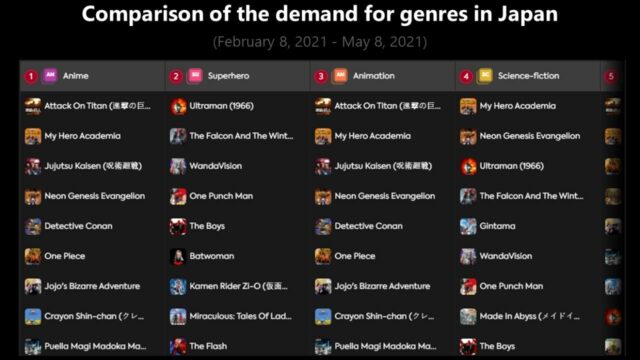
The recent film “Jujutsu Kaisen 0,” was shown at 418 theaters nationwide, attracting 1.9 million viewers on the first three-day. While for Demon Slayer the first three-day turnout was 3.4 million viewers. This just shows how enthusiastic anime fans are in Japan.
Another fact that makes it obvious why Japan takes the sweet spot is the domestic revenue it generates from the animation industry. In 2021, the revenue was approx. 1.2 trillion JPY ($10.48 billion) according to Statista report which just speaks for itself.


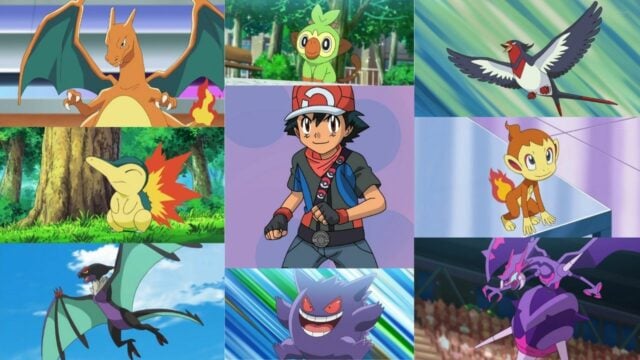
![All Active Bee Swarm Simulator Redeem Codes – Roblox [February 2025]](https://www.epicdope.com/wp-content/uploads/2025/02/Bee-Swarm-Simulator--640x360.jpg)





7 Comments on Top 10 Countries where Anime is Most Popular and Why!